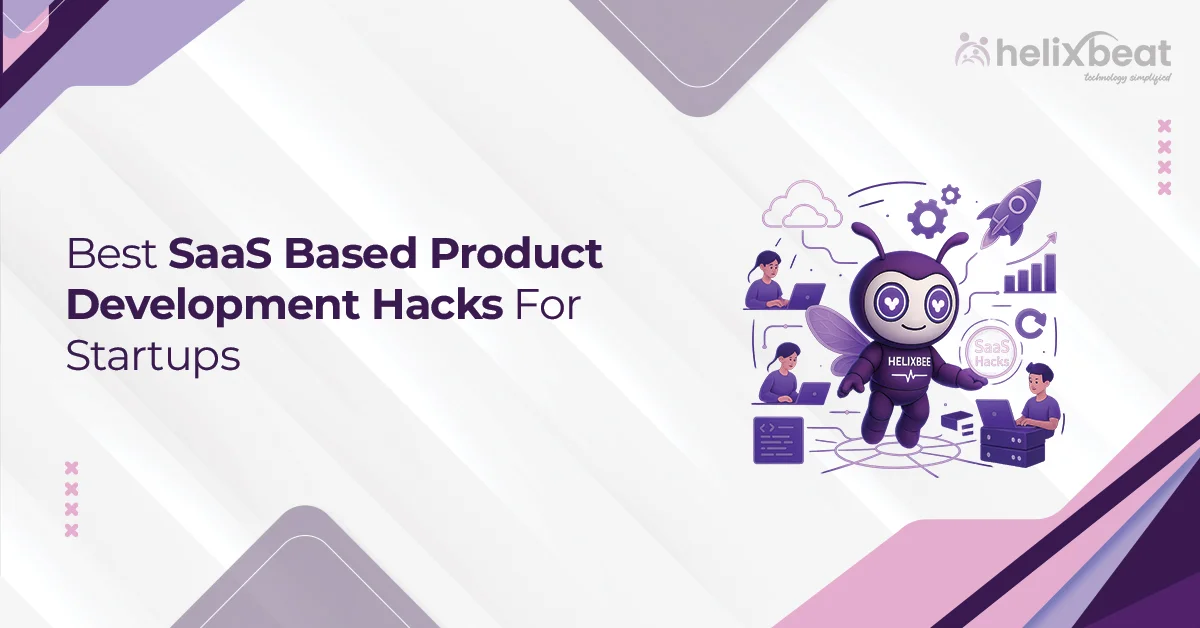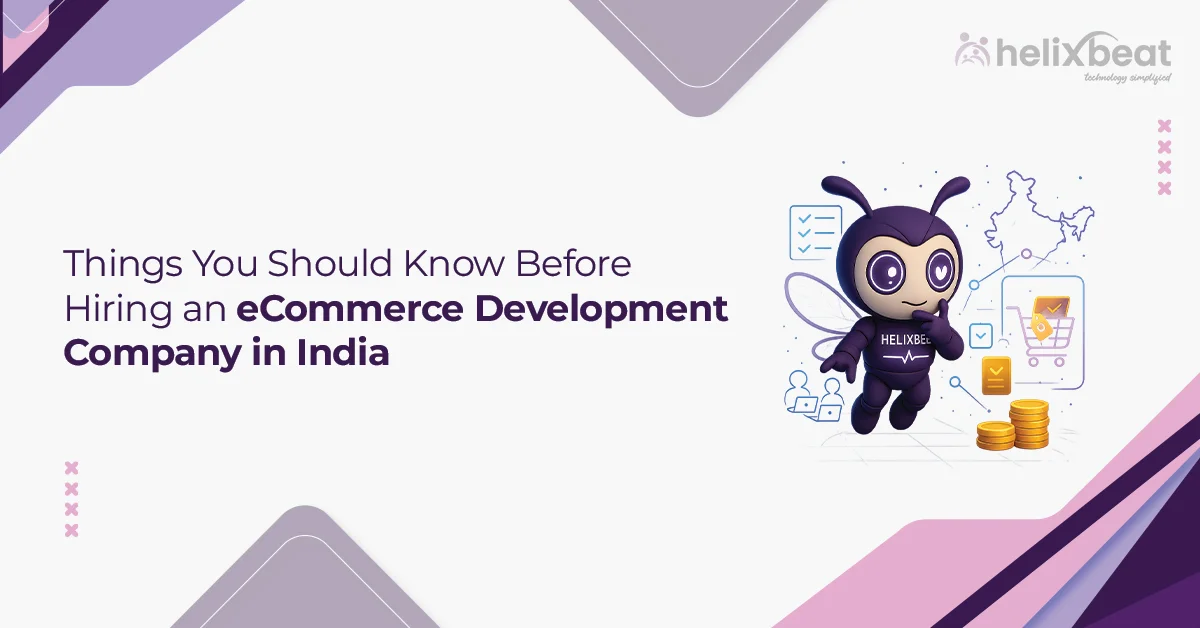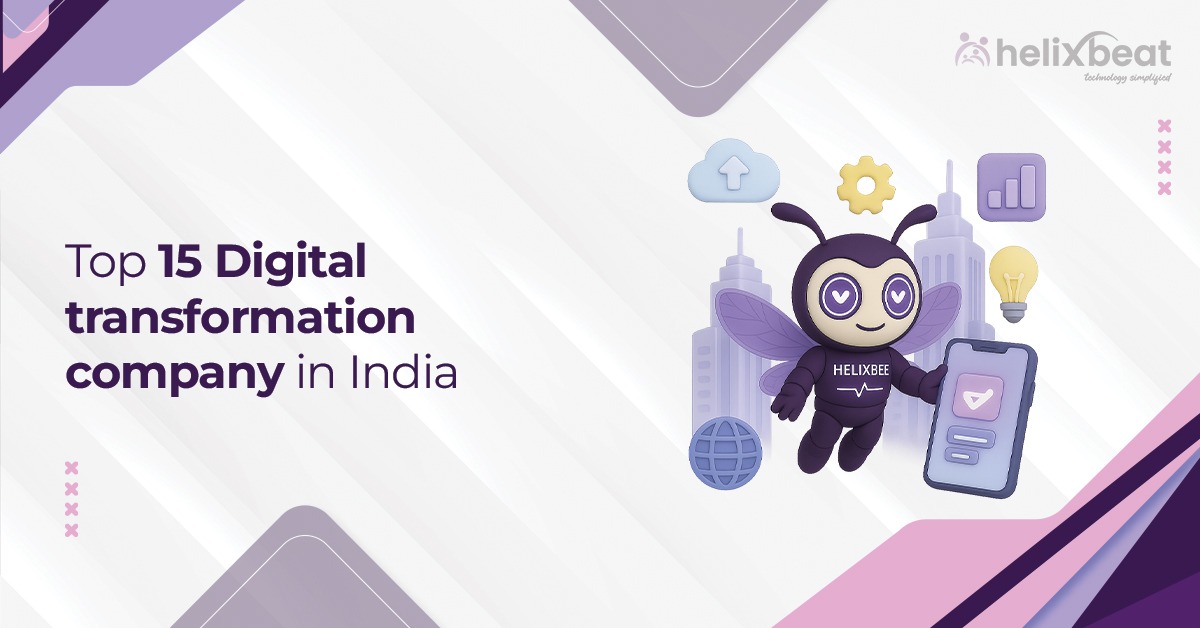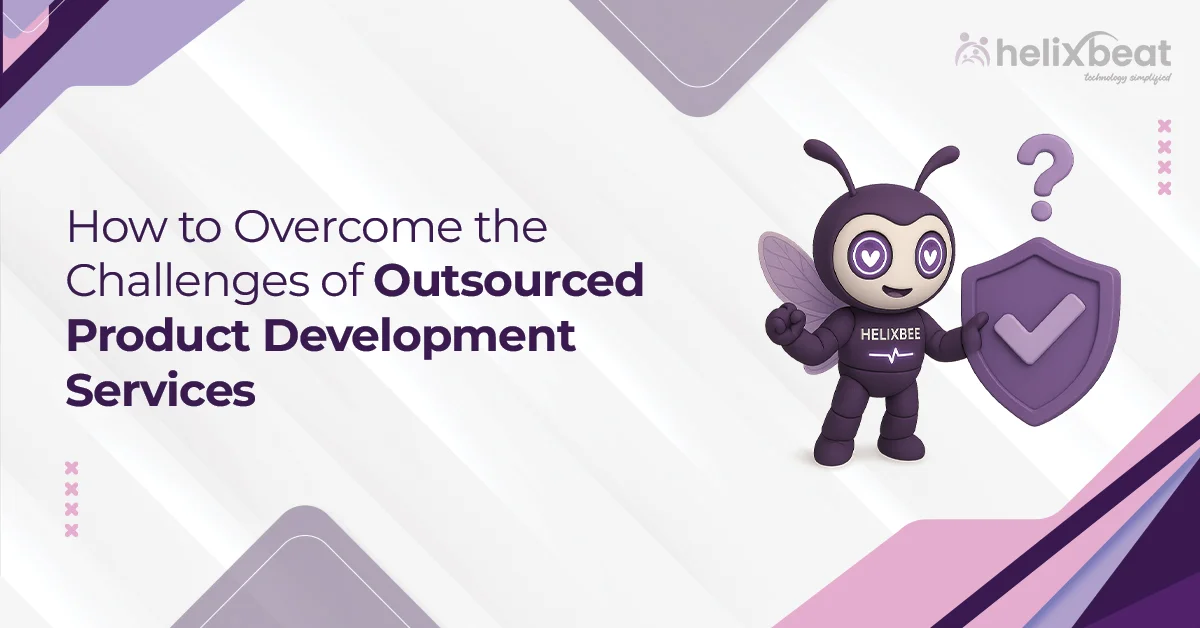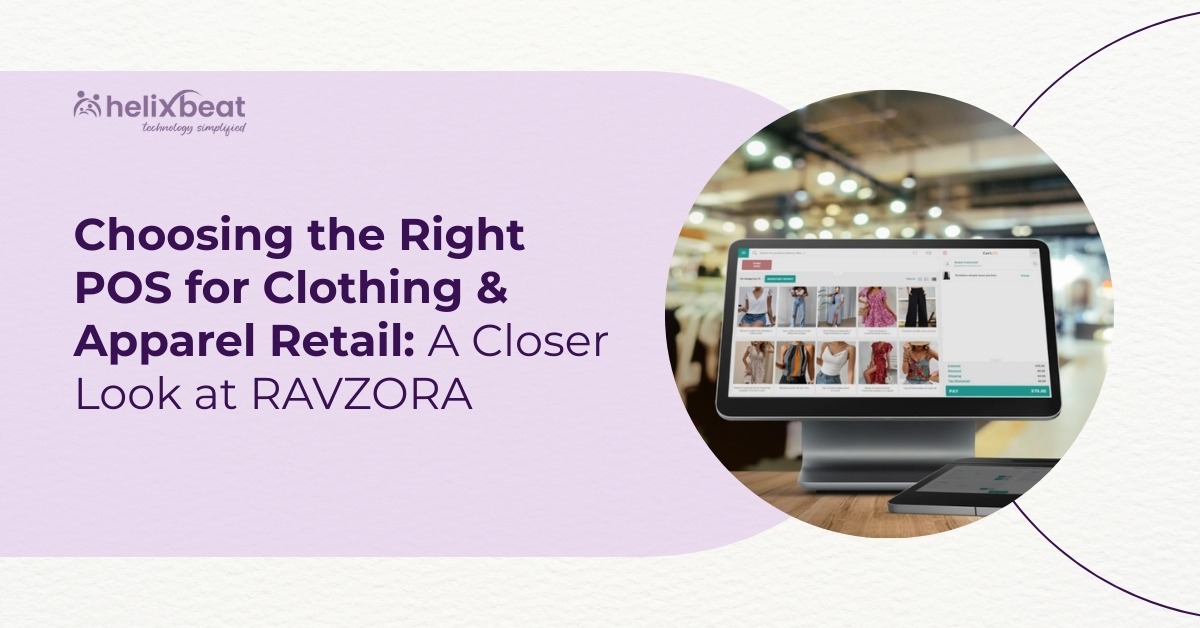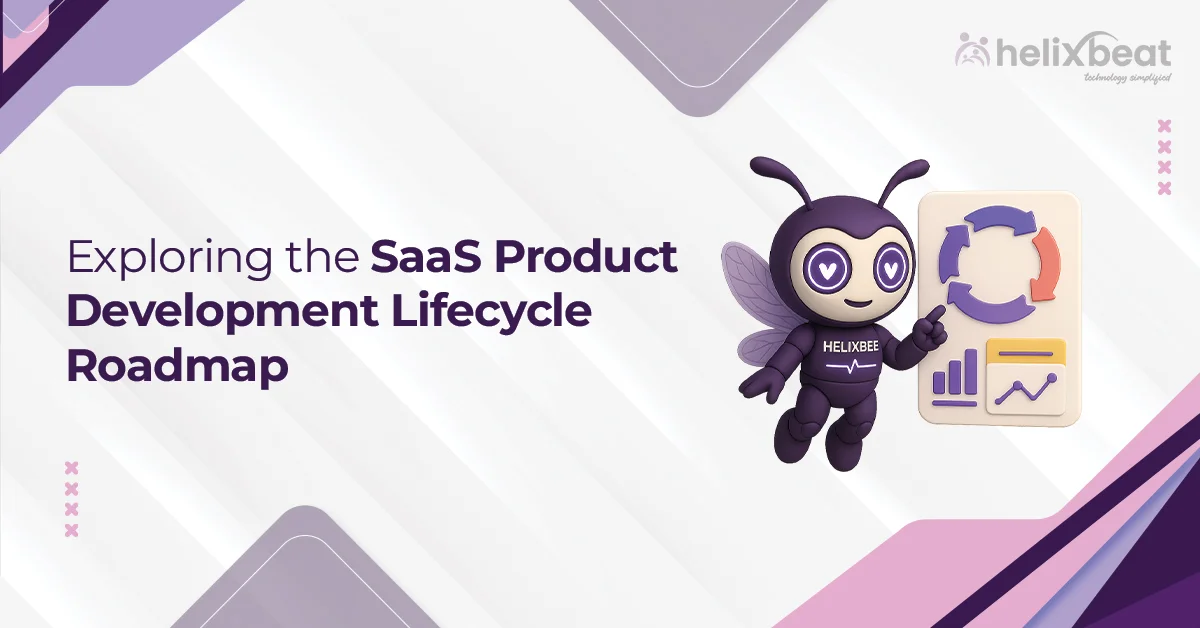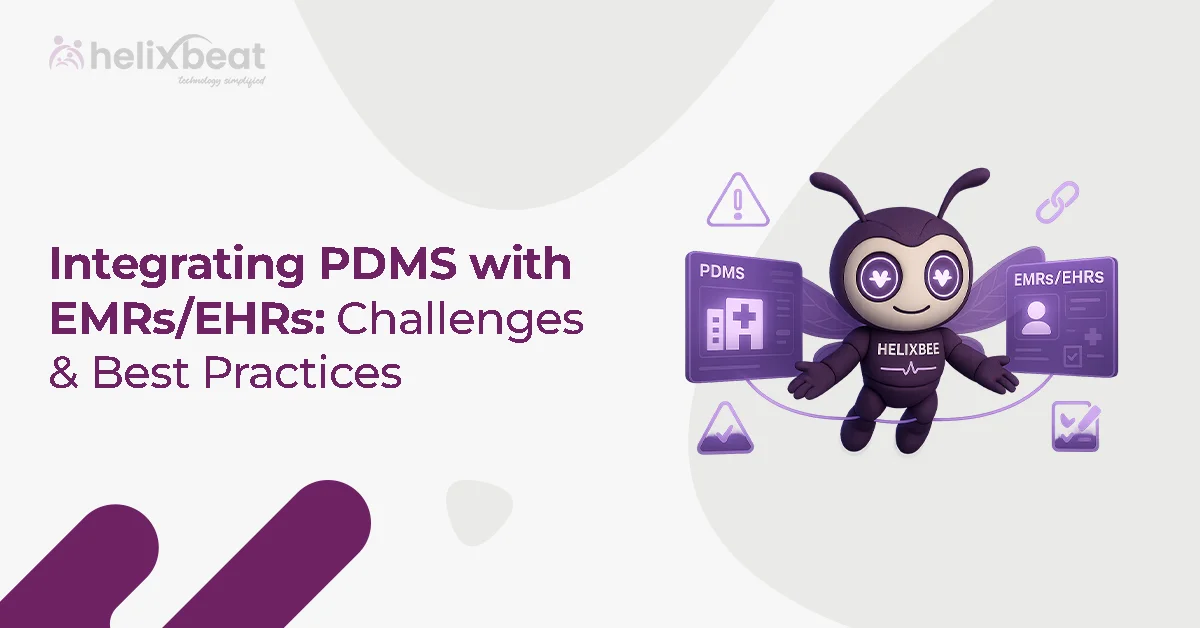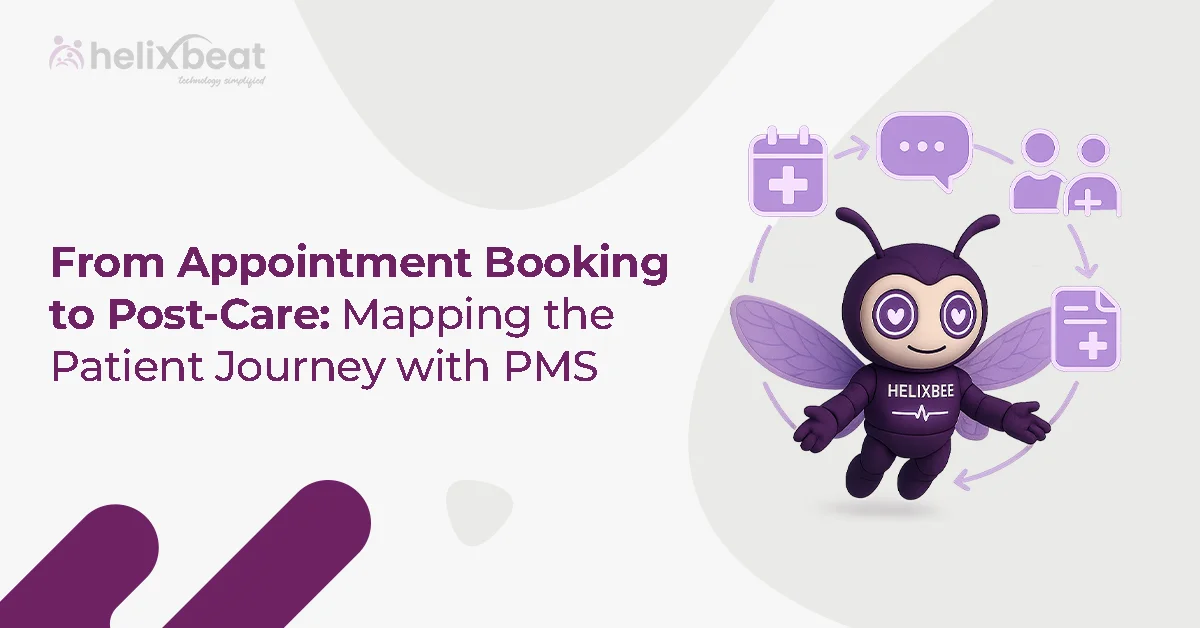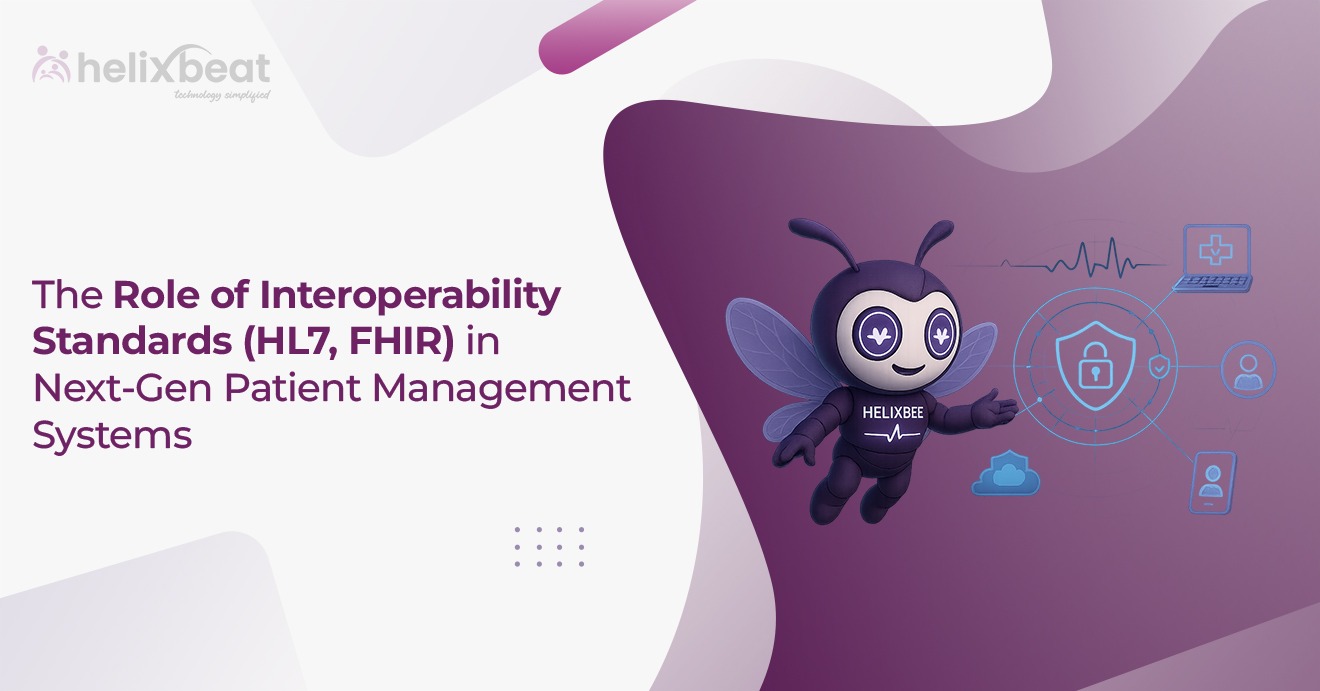Patient acquisition software has become a vital tool for healthcare organizations seeking to attract and retain patients in an increasingly digital landscape. With rising marketing costs and growing patient expectations, healthcare providers need a more efficient and cost-effective approach to patient acquisition. This blog explores the cost and value of patient acquisition software, specifically HelixBeat’s PULSE, and how it can transform your patient acquisition strategy.
According to a 2023 study by Healthcare Digital, over 50% of healthcare organizations are now investing in AI-driven patient acquisition tools to drive growth. PULSE offers AI-powered insights, visibility dashboards, and automated workflows to accelerate your patient acquisition efforts.

Table of Contents
The Real Cost of Patient Acquisition in an AI-First World
Traditional methods of patient acquisition, such as print advertisements and referral networks, are increasingly being replaced by data-driven, AI-powered strategies. However, the switch to patient acquisition software often comes with upfront costs, including software purchase, integration into existing systems, training, and ongoing support. For many healthcare organizations, these costs are a significant consideration.
Despite the initial investment, the real cost of patient acquisition in the modern world is no longer just about marketing spend; it’s about the opportunity cost of not adopting AI technologies. In fact, healthcare organizations without AI-driven acquisition software may risk falling behind, as the visibility and personalization AI offers cannot be matched by traditional methods.
Key Insights:
- Patient Acquisition Cost (PAC): Healthcare organizations spend an average of $200 to $300 per patient to acquire new leads.
- AI-Driven PAC: With PULSE, the average cost per patient can drop significantly, providing a 30% cost reduction over traditional methods.
Acquisition Software vs. Data Acquisition Software
While acquisition software and data acquisition software may seem similar at first glance, they serve distinct functions within the healthcare industry. Both play vital roles, but they focus on different aspects of the patient acquisition and data management process.
Acquisition Software
Acquisition software is primarily designed to attract and convert potential patients through various digital channels, such as websites, social media, and email marketing. It leverages AI, data analytics, and personalized engagement to ensure the right message reaches the right patient at the right time. Solutions like PULSE excel in this area by providing real-time insights into patient behavior, optimizing campaigns, and improving lead conversion rates. PULSE integrates seamlessly with existing marketing strategies to boost engagement and streamline patient acquisition.
Key features of acquisition software like PULSE include:
- AI-driven lead targeting: Using predictive analytics to attract highly qualified leads.
- Real-time campaign optimization: Adjusting messaging and tactics based on patient interactions.
- Personalized patient engagement: Creating tailored communication strategies for each lead.
Data Acquisition Software
On the other hand, data acquisition software focuses on gathering, storing, and managing patient data. It collects information from various sources, including Electronic Health Records (EHRs), patient surveys, and CRM systems. This software is crucial for ensuring compliance with healthcare regulations, such as HIPAA, and for enhancing operational efficiencies within healthcare organizations.
While data acquisition software focuses on data collection, it doesn’t necessarily drive patient engagement or lead conversion. It plays a more passive role compared to acquisition software, which directly influences the growth of the patient base.
PULSE, although centered around patient acquisition, also leverages patient data to enhance the acquisition process. By combining the data collected with AI-powered insights, PULSE ensures that each patient interaction is optimized for conversion, while adhering to data privacy standards.
Ready to calculate your ROI? Start with PULSE today.
The Compounding ROI of AI-Native Visibility
One of the standout benefits of adopting AI-native patient acquisition software is the compounding ROI. With AI’s ability to gather insights from vast amounts of patient data, healthcare providers can make smarter decisions faster.
Unlike traditional marketing tactics that often rely on static strategies, AI continuously optimizes campaigns by predicting what content will most likely convert. By using predictive analytics, PULSE can deliver highly targeted messaging at the right time, leading to higher conversion rates and an ever-increasing ROI over time.
The Impact of AI in Patient Acquisition
- AI-powered systems can improve lead conversion rates by up to 40%.
- Automating patient engagement processes through AI can reduce manual workload by 60%, allowing your team to focus on more impactful tasks.
The Cost of Remaining Invisible in Patient Markets
Note: Please put this in a quote format
“Patients today expect personalized care from the moment they interact with your brand. If you’re not using AI to improve visibility, you may already be losing patients to competitors.”
– Dr. John Smith, Healthcare Consultant
Remaining invisible in a competitive healthcare market is one of the most significant costs you can face. Patients today are looking for convenience, accessibility, and personalized care, and without the right patient acquisition software, your practice is at risk of being overshadowed by competitors.
AI-driven software like PULSE ensures that your practice is visible across all digital touchpoints, improving your practice’s discoverability through personalized content, social media engagement, and SEO-driven strategies.
Why Inbound Medic: Infrastructure Over Agencies
When it comes to patient acquisition, many healthcare organizations rely on external marketing agencies to handle their campaigns. However, this approach can also come with its own set of challenges, particularly in terms of scalability, consistency, and long-term value. Here’s why investing in infrastructure like PULSE is often a better option than outsourcing to agencies:
- Greater Control and Customization
With PULSE, you maintain complete control over your patient acquisition strategies. Unlike agencies that work with multiple clients, PULSE allows for tailored campaigns specific to your practice’s needs and goals. You can adjust strategies in real-time based on real-world patient data and analytics.
- Scalability and Long-Term Growth
Agencies often provide short-term solutions that may not grow with your practice. PULSE, on the other hand, is designed to scale with your business. As your practice expands, PULSE supports multi-location management and integrates seamlessly into various systems, ensuring that you continue to acquire patients efficiently as you grow.
- Cost-Effectiveness and ROI
While agencies can be expensive, PULSE offers a more cost-effective solution by automating and optimizing your patient acquisition efforts. The AI-driven platform continuously learns and refines strategies, leading to a compounding ROI. Over time, this means PULSE delivers long-term savings while improving your lead conversion rate.
- Increased Efficiency and Data-Driven Decisions
Working with an agency means relying on external teams to analyze and interpret data. With PULSE, all the patient acquisition analytics are in-house, providing real-time insights directly to your team. This eliminates delays and allows for quicker, data-driven decisions that enhance the effectiveness of your marketing efforts.
After Section 9: “Ready to calculate your ROI? Start with PULSE today. Get Started
Key Features of Patient Acquisition Software
Patient acquisition software is designed to streamline and optimize the process of attracting new patients. It combines AI, data analytics, and automation to improve patient engagement, reduce costs, and enhance overall marketing performance. Here are the key features that make modern acquisition software essential for healthcare organizations:
1. Advanced AI-Driven Analytics
One of the most powerful features of patient acquisition software is its ability to leverage artificial intelligence (AI) to analyze large volumes of patient data. By continuously learning from patient interactions, AI helps predict future behaviors, such as which patients are most likely to convert. PULSE utilizes this AI to deliver real-time insights into patient preferences, enabling more targeted marketing campaigns. With these data-driven insights, healthcare providers can significantly increase patient acquisition rates.
2. Real-Time Visibility Dashboards
Real-time dashboards allow healthcare organizations to monitor and optimize marketing campaigns as they unfold. These dashboards offer an overview of how various channels (e.g., website, social media, and ads) are performing, making it easy to identify what’s working and what needs adjustment. By tracking metrics such as cost per acquisition and lead conversion rate, healthcare providers can immediately adjust strategies, ensuring the highest possible return on investment (ROI).
3. Automated Lead Nurturing
Automating the lead nurturing process is another key feature of patient acquisition software. By using automated workflows, the software engages patients throughout their journey—whether it’s initial interest or ongoing follow-up. This leads to more personalized experiences and higher conversion rates. For example, PULSE automates email marketing campaigns, sends timely reminders, and offers personalized content based on patient behavior, ensuring that no lead is lost due to a lack of engagement.
4. Multi-Channel Integration
Reaching patients through multiple touchpoints is crucial. Patient acquisition software integrates various channels, including email, social media, search engines, and paid advertisements. This seamless integration helps provide a consistent message across all platforms. PULSE excels in integrating these channels to ensure a unified approach to patient acquisition, which is especially important for multi-location healthcare providers who need consistent messaging across different regions.
5. Data Security and Compliance
When dealing with patient data, security and compliance are non-negotiable. Modern patient acquisition software, including PULSE, adheres to the highest standards of HIPAA compliance, ensuring that all patient information is secure. This not only protects your organization from legal and regulatory issues but also builds trust with your patients. By ensuring that data privacy is maintained, healthcare providers can focus on growing their patient base without worrying about data breaches.
6. Scalability for Multi-Location Practices
For healthcare practices with multiple locations, scalability is key. Patient acquisition software, such as PULSE, supports the growth of practices by enabling centralized management across all locations. It enables healthcare providers to track patient acquisition efforts across various facilities while tailoring marketing strategies to meet local market dynamics. Whether you’re a single-location clinic or an extensive healthcare network, PULSE ensures that patient acquisition strategies can scale with your business.
7. Customizable Campaigns
Every healthcare practice has its own unique needs, and a one-size-fits-all marketing approach doesn’t work. Patient acquisition software enables the customization of campaigns based on factors such as geography, patient demographics, and service offerings. With PULSE, you can tailor campaigns to target specific patient groups, ensuring that your marketing efforts are always relevant and practical. This level of customization helps ensure that you’re not just reaching more patients, but the right patients.
8. Performance Reporting and ROI Tracking
Ultimately, comprehensive performance reporting and ROI tracking are crucial for evaluating the effectiveness of patient acquisition efforts. With PULSE, healthcare organizations can track key metrics, including conversion rates, patient lifetime value, and cost per acquisition. These insights allow you to continually optimize your campaigns, ensuring that your marketing dollars are being spent wisely and effectively.
Cost vs. Value: Breaking Down the ROI
| Metric | Traditional Method | With PULSE |
| Cost per Acquisition (CPA) | $300 | $210 (30% savings) |
| Lead Conversion Rate | 15% | 40% |
| Time Spent on Lead Generation | 15 hours/week | 5 hours/week |
| Return on Investment (ROI) | 100% | 250% |
Key Takeaways for Healthcare Leaders
Don’t let your practice remain invisible. PULSE helps you win patients faster and smarter. Sign Up for a Demo!
FAQs
- What is patient acquisition software?
Patient acquisition software helps healthcare organizations attract and convert patients through digital channels. It uses AI and data analytics to optimize marketing efforts. Automating engagement ensures more effective and targeted patient outreach.
- How much does patient acquisition software cost?
The cost of patient acquisition software can vary depending on features and scale. Solutions like PULSE often offer significant cost savings—up to 30%—compared to traditional methods. It’s an investment that can yield long-term benefits through optimized patient conversion.
- What makes PULSE different from other acquisition software?
PULSE leverages AI for real-time campaign optimization and integrates seamlessly with existing healthcare systems. It offers advanced patient behavior insights and HIPAA-compliant data security. These features set it apart from other patient acquisition solutions.
- Can PULSE integrate with my current systems?
Yes, PULSE is designed to integrate smoothly with a variety of healthcare management systems. It ensures a seamless data flow between your existing CRM and the patient acquisition tool. This eliminates manual data entry and increases operational efficiency.
- How long does it take to see results with PULSE?
Many users start seeing improvements within the first 3 months due to PULSE’s AI-powered analytics. The system continuously learns from patient interactions and optimizes marketing efforts. Over time, results become more pronounced, leading to a steady increase in patient acquisition.
- Can PULSE be used for multi-location practices?
Yes, PULSE supports scalability and is ideal for multi-location healthcare providers. You can manage patient acquisition strategies across various facilities with ease. This centralized approach streamlines operations and ensures consistency in marketing efforts.
- Is PULSE HIPAA-compliant?
Yes, PULSE is fully HIPAA-compliant, ensuring that all patient data is secure and protected. The platform follows the strictest data privacy standards required for healthcare organizations. It allows you to focus on patient acquisition without worrying about regulatory compliance.
- What types of analytics does PULSE provide?
PULSE offers in-depth analytics on patient behavior, marketing campaign performance, and lead conversion. It tracks the effectiveness of various acquisition strategies in real-time. These insights enable more intelligent decision-making and more targeted patient outreach.
- Does PULSE support inbound marketing?
Yes, PULSE enhances inbound marketing efforts by automating patient engagement across digital channels. It optimizes SEO, content marketing, and social media strategies. The software ensures that patients find your services through relevant, personalized content.
- Can PULSE be used for lead nurturing?
Absolutely! PULSE includes automation features that nurture leads through the patient journey. From initial contact to final conversion, the software engages leads with timely and personalized communication. This results in better lead-to-patient conversion rates.
- Is there training available for new users?
Yes, PULSE provides comprehensive training and support for new users. The platform offers onboarding resources and live assistance to ensure a smooth transition. Your team can quickly learn how to maximize PULSE’s features for optimal patient acquisition.
- How does PULSE measure ROI?
PULSE tracks key metrics, including cost per acquisition, lead conversion rates, and engagement effectiveness. It provides detailed ROI reports that demonstrate the performance of your marketing strategies. The software enables healthcare providers to make data-driven decisions for continuous improvement.





